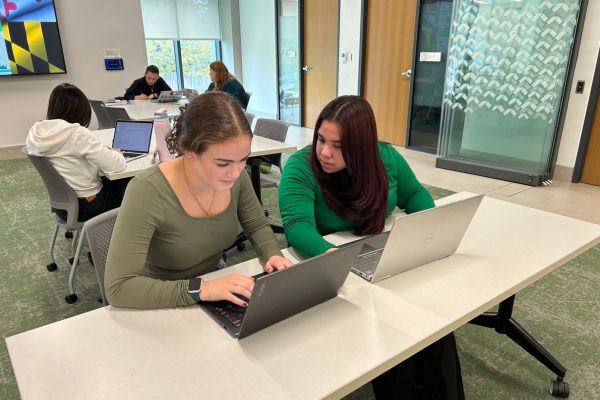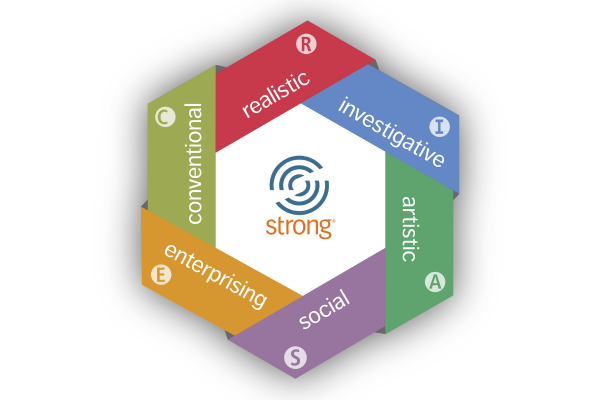Speech-Language- Hearing Sciences
Coursework in Speech-Language-Hearing Sciences addresses the anatomical structures and functions as well as the normal development of speech and hearing. Additionally, the disorders of speech, language, and hearing are addressed for both pediatric and adult populations. Many courses contain experiential components including service-learning, clinical observations, and field experience.
What can I do with this major?
Learn more about career options in your field by clicking below to learn about different focus areas, typical employers, and strategies to get started. Be sure to scroll to the bottom of the page for links to Professional Associations, industry job search tools, and resources for additional insight.
Learn From Alumni
Tap into Greyhound Nation to learn more about what you can do with a Loyola degree in Biohealth. Get advice and insight from those who have been in your shoes. Explore profiles of Loyola students and alumni on LinkedIn, where you can search and sort by major, industry, location, and more. Consider asking an alum for an Informational Interview to learn more about their career, employer, and industry trends.
How To Create a LinkedIn Profile and Tips To Navigate
Example Occupations
Example Employers
Get Involved at Loyola
On-campus organizations and student groups are a great way to get exposed to career options. You can learn more about an industry and connect with other students with similar goals. Click here for a full list of all current student organizations.
- NSSLHA (National Student Speech Language Hearing Association)
- NBASLH (National Black Association for Speech, Language, and Hearing)
- Operation Smile
- American Sign Language Club
Volunteering is another way to gain career experience that might help you make a decision about your path or gain marketable skills for the future. Connect with the Center for Community, Service, and Justice (CCSJ) to learn more.
Additional Resources


Schedule an Appointment Attend an Event/Workshop Request a Workshop
